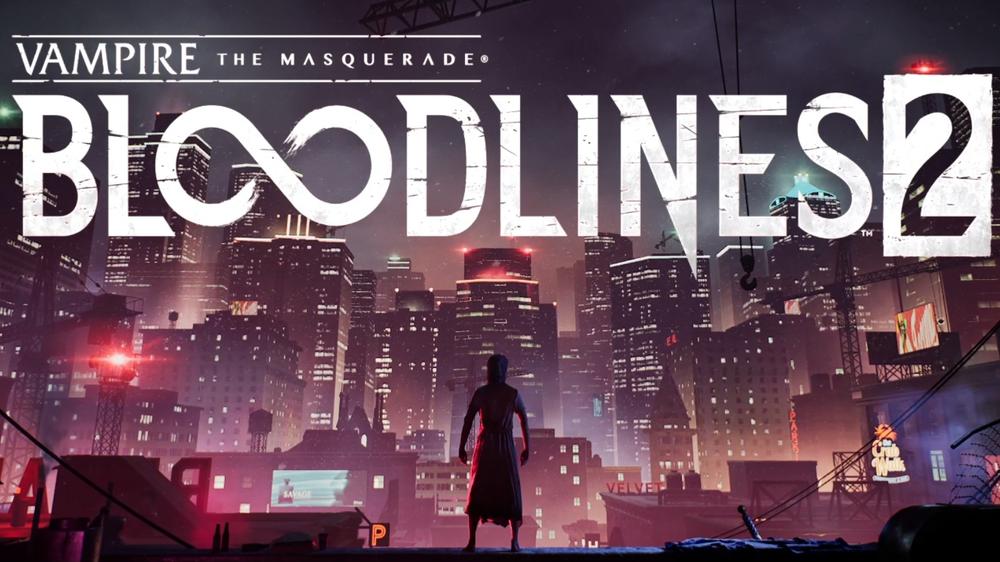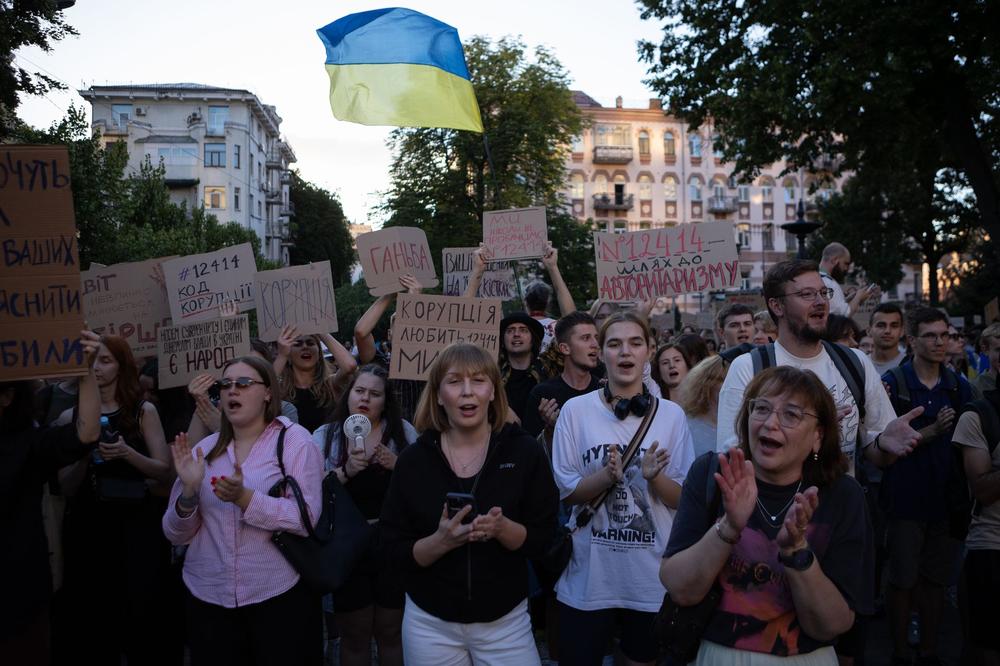Despite the controversy threatening to bury Vampire: The Masquerade – Bloodlines 2, it rises from the grave with a fantastic world and story, even if its ties to the RPG genre are faint.
It’s been six years since Bloodlines 2 was announced in 2019, and it’s had a troubled development. Original developers Hardsuit Labs were removed from the project by the producers and replaced by The Chinese Room for reasons not made public. Then there was the outcry following the promise of a day-one paid DLC that would introduce two clans.
Thankfully, that idea was canceled, and fans of the 2004 cult classic original can look forward to playing the first Vampire: The Masquerade game for over 20 years.
Bloodlines 2 Screenshots
What is Bloodlines 2 about?
Phyre is an elder Vampire unexpectedly woken from Torpor (Years-long Vampire sleep). Upon waking, they have a strange voice in their head – it’s Fabien, a neo-noir style detective set on uncovering the Rebar killer, who’s threatening mortals and Kindred (Vamps).
From there, you and Fabien explore an undead version of Seattle on the brink of collapse with messy politics, warring clans, and deadly hunters threatening to bring vampire society down. Together, you’ll be fighting to retain the Masquerade and trying to remain hidden from mortal eyes.
A masterclass in worldbuilding
It’s important to know what Bloodlines 2 is and what it isn’t. It isn’t an epic Witcher-style RPG. Outside of a little combat, there aren’t many big boss battles, there’s no leveling up, and you don’t increase your stats.
Instead, it’s more of an Infamous Second Son-style adventure game in which you chat to tons of vampires and mortals alike to make choices that will determine whether Seattle will be a safe(ish) place for Kindred.
You’re made to keep your powers under wraps when around mortals so as not to break the Masquerade and reveal vampires to the world, and you’re regularly forced into multiple moral conundrums where the plot is heavily impacted by what you choose.
On top of this, Vampire: The Masquerade is incredibly lore-heavy; understanding what Kindred, Torpor, or the clans are is vital to understanding the story. This is all explained to you throughout, though.
If you are open to that, you’ll be in for a treat as you’re sucked into a constantly changing and beautiful world filled with vampires. Whether exploring chilly Seattle or verbally sparring with pretentious princes, it does a great job of making a complex story understandable and gripping.
Let’s talk about Seattle itself. The map pictured above is extremely small. Initially, this was disappointing, but as the adventure went on, it became a blessing. The story is already complex, and the small map made it simpler to navigate. You always knew exactly where to find your target and what to expect, leaving room for your brain to follow the narrative.
Fabien’s scenes are especially great. The loveable Malkavian‘s detective work is enjoyable and helps both Phyre and you understand the world around you.
Left hungry for missing features
Vampire: The Masquerade isn’t just a game – the video game series, which began with the 2000 RPG, Redemption, and is based on a successful tabletop RPG. One of the best things about the TTRPG is how it reflects what living as a vampire would be like, and it would have been good if that reality had been replicated in Bloodlines 2.
For example, there’s no rush to hide away when the sun comes up, as night lasts as long as you want. While that offers freedom to try the limited number of sidequests, which were fun but often a little repetitive, it eliminates the ‘chasing the sun’ mechanic. There is no urgency to overcome your biggest weakness, which is a shame.
Then there’s hunger, which you use to unlock abilities, and then to increase the blood count on them as you fight and explore. Initially, it is extremely useful. However, after I’d unlocked the best abilities, blood became pointless. It’s only used for combat, which, when you consider that being a vampire is all about stealth, is a strange design choice.
The TTRPG version also features The Beast – the uncontrollable vampire urge. This is a narrative feature that’s often a direct result of failed dice rolls or lack of feeding, and turns you into a deadly predator. It’s a verbal voice in your head, telling you to drink the life out of your victim, and again, it would have been a stellar addition.
The struggle of being a vampire never really goes beyond not feeding in public, which feels like a huge missed opportunity.
Restrictive but brutal battles
There isn’t a great deal of combat, but the battles that do exist are brutal and perfect the power imbalance between an elder vampire and anything they come up against.
The ability to make an enemy’s blood literally boil or unleash tons of punches at the speed of light before slamming their heads into the ground is such a power trip, and just like a Vamp to blood, you’ll become addicted to finding the nearest Anarch to sate your bloodlust.
Combat is smooth and fun, especially as a Brujah, who’s essentially a punchy tank. However, it felt like this was the only option in a fight. During the dungeon-style scenarios, defeating all the enemies is the only option to progress. While a Brujah had no issue with that, it left no room for experimenting with stealth or just avoiding a fight.
Despite this, combat wasn’t a chore, whether you were going through the boss fights or fighting an Anarch; they all felt satisfying. It may force you into one type of combat, but there’s something about destroying an annoying vampire that just works.

 Guida la tua moto in sicurezza con i guanti pensati appositamente per l’inverno
Guida la tua moto in sicurezza con i guanti pensati appositamente per l’inverno